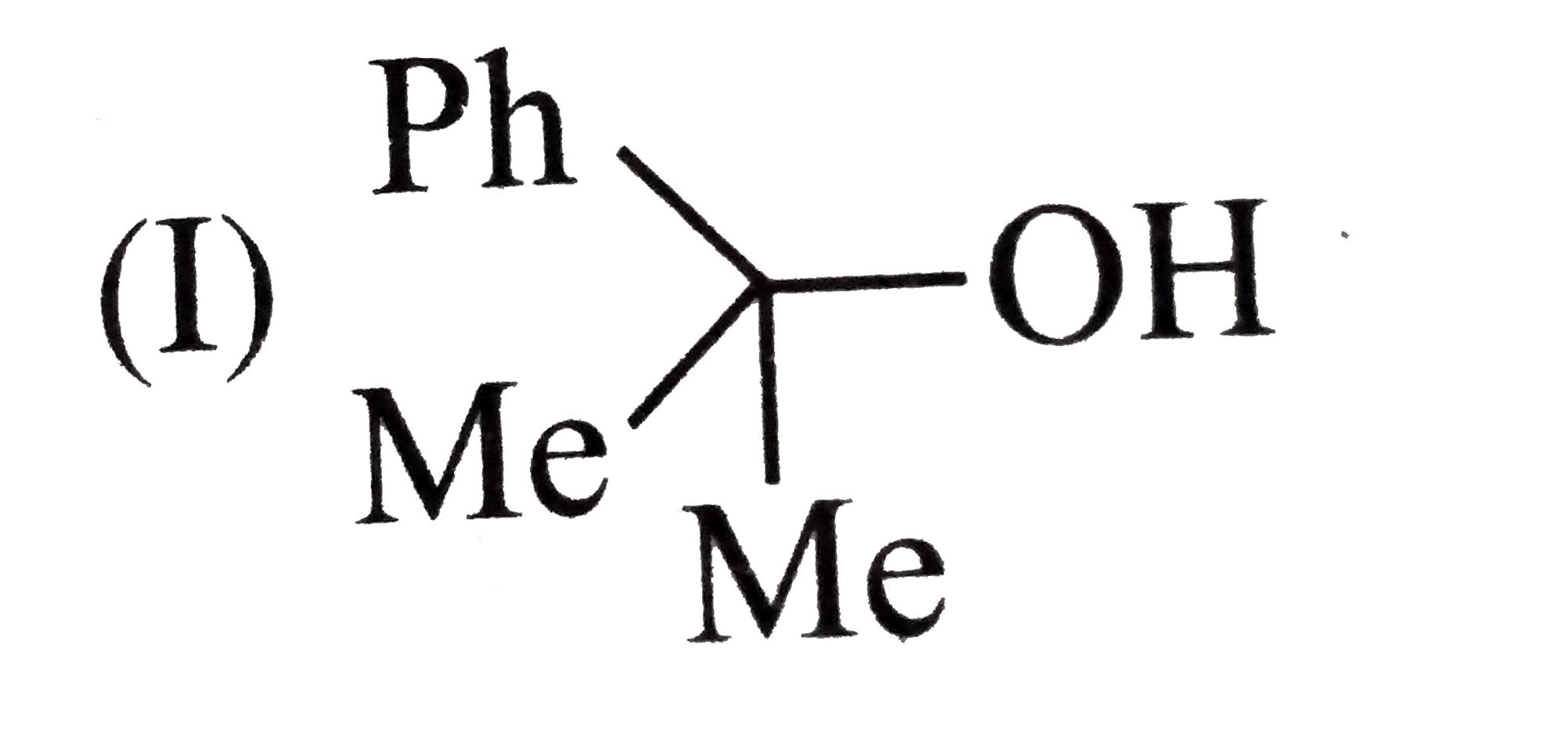Complete Solutions to Solved Examples of chapter ALCOHOL,PHENOL AND ETHERS of Class 12 book with complete answers and questions
| Class 12 | CHEMISTRY |
| Chapter | ALCOHOL,PHENOL AND ETHERS |
| CENGAGE CHEMISTRY | Solved Examples |
| Number Of Questions | 17 |
| Academic Year | 2023-24 |
Explain why in the synthesis of ether (B) using (A) or `A_(1)` all the three standard methods for the perparation of ether (B) fail, i.e.,
I. Intermolecular dehydration of alcohols
II. Alkoxy mercuration-demercuration method
III. williamson's synthesis
Suggest an alternative method for the preparation of (B) by using (A) or `(A_(1))` .

View SolutionComplete the following reactions:
`2Me_(3)C--Br` `overset (Ag_(2)CO_(3)) underset (Delta) rarr` (A)
View Solutioncomplete the following reactions:
a. `overset (C_(6)H_(6) + MeCOCI) underset (Benzene (A))` `overset (AICI_(3)) rarr` B `overset (HNO_(3)) underset H_(2)SO_(4)) rarr` C `overset (NaBH_(4)) rarr` D `overset (H_(2)SO_(4)) underset (Delta) rarr` E
View Solutiona. Calculate the depression in freezing point `(Delta T_(f))` of `0.1` m solution of ROH in cold conc. `H_(2)SO_(4)` . `K_(f) = x K kg mol^(-1)`
b. Calculate the `Delta T_(1)` of `0.2` m solution of `Ph_(3) C--OH` in cold conc. `H_(2)SO_(4)` . `K_(f) = x K kg mol^(-1)` .
View SolutionComplete the following reactions :
View SolutionSynthesies the following alcohols by using:
a. Grignard reagent (G.R.)
b. Not using G.R. (any other method).
(I) (II)
(II) 
(III) (IV)
(IV) 
(V)
View SolutionWrite the reaction of EtOH with (i) `KNH_(2)` (ii) aq. KOH (iii) Potassium ethynide.
View SolutionIdentity the following compounds :
Saturated ether with fewest C atom atoms (I) that cannot be prepared by Williamson's synthesis.
Unsaturated ether with fewest C atoms (II) that cannot be prepared by Williamson's synthesis.
View SolutionGiven the stereochemical products B, C, and D of the following reactions:

View SolutionGive the product of the following reactions:
a.
View Solutiona. How many conformational isomers are possible of 4-isopropyl cylohexan-1,2-diols (I) ?
b. Which isomers of (I) cannot form intramolecular H-bonding ?
c. Which conformational isomer of cis-cyclohexan-1,3-diol forms intramolecular H-bonding ?
d. Which conformational isomer of cis-cyclohexan-1,4-diol forms intramonal H-bonding ?
View SolutionExplain which of the following reactions will occur.
a.`overset (RCOOH) underset (pK_(a)=5)` + `overset (HCO_(3)^(-) underset (pK_(a)=10.3)` `rarr`
b. `RCOOH + CO_(3)^(2-) rarr`
View Solutiona. Which is a stronger nucleophile ? `C_(2)H_(5)SH` (ethane thiol or ethyl mercaptan) and `C_(2)H_(5)S^(-)` (ethane thiol or ethyl mercaptide) in a protic solved ?
b. Which of the following has high water solubility: `C_(2)H_(5)SH` and `C_(2)H_(5)OH` ?
View SolutionDistinguish between the following pairs:
View SolutionDistinguish between the following pairs:
a. (I) `PhOH` (II) `PhNH_(2)`
b. (I) `PhOMe` (II) `PhCH_(2)OH`
View SolutionNA (nucleophilic addition) reaction of alcohols with aldehydes gives hemiacetal, whereas phenols react with aldehydes and ketones in acidic medium and give electrophilic substitution product. True/False
View SolutionGive the decreasing order of stability of the following quinones:
a.
b.


View Solution
Solved Examples questions and complete solutions for chapter ALCOHOL,PHENOL AND ETHERS of CENGAGE CHEMISTRY (ENGLISH) of Class 12
All Exercises from CENGAGE CHEMISTRY Class 12 CHEMISTRY ALCOHOL,PHENOL AND ETHERS
- Archives Analytical And Descriptive
- Archives Assertion-Reasoning
- Archives Fill In The Blanks
- Archives Linked Comprehension
- Archives Multiple Correct
- Archives Single Correct
- Archives True/False
- Exercises Assertion-Reasoning
- Exercises Concept Application
- Exercises Linked Comprehension
- Exercises Multiple Correct
- Exercises Single Correct
- Exercises Subjective
- Illustration
- Solved Examples